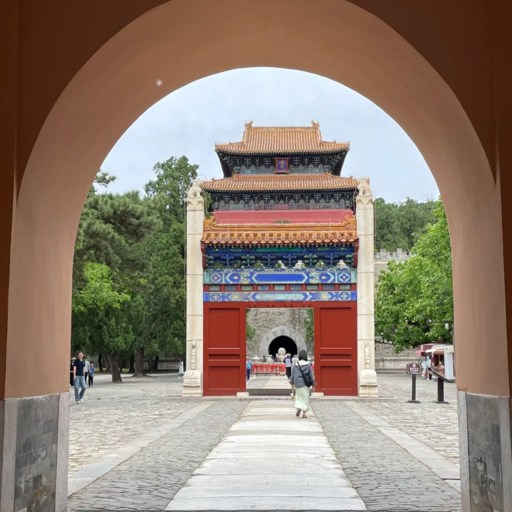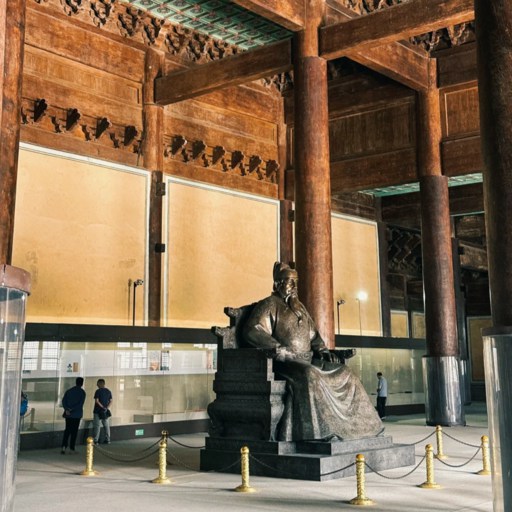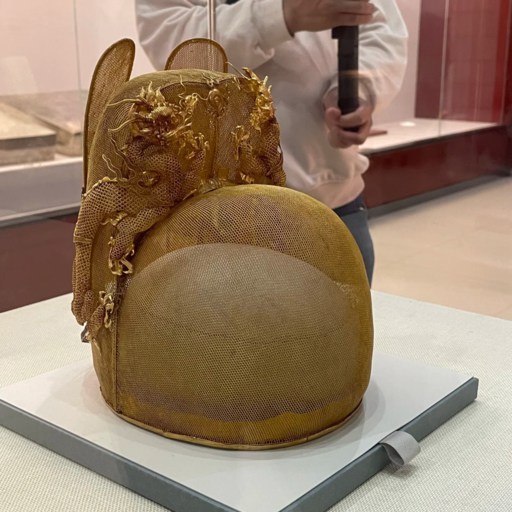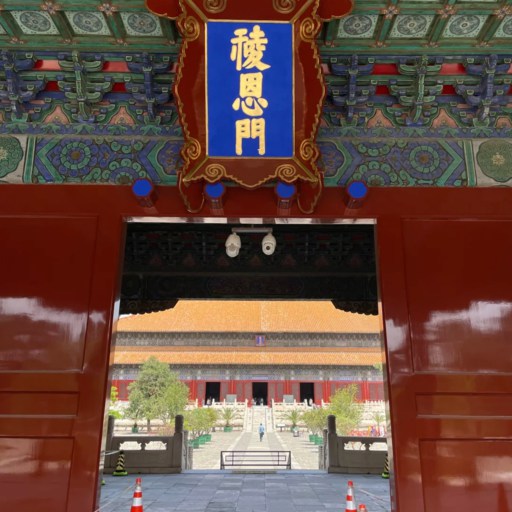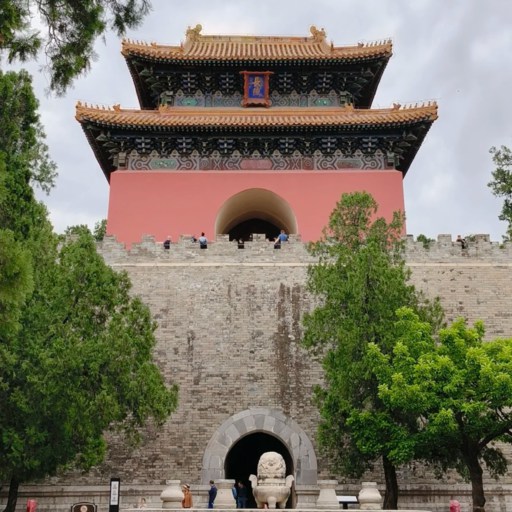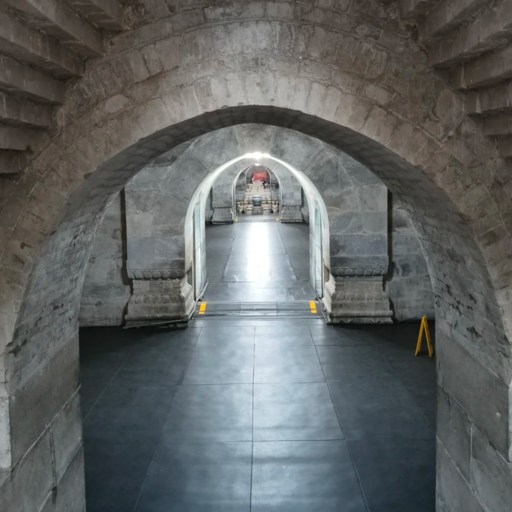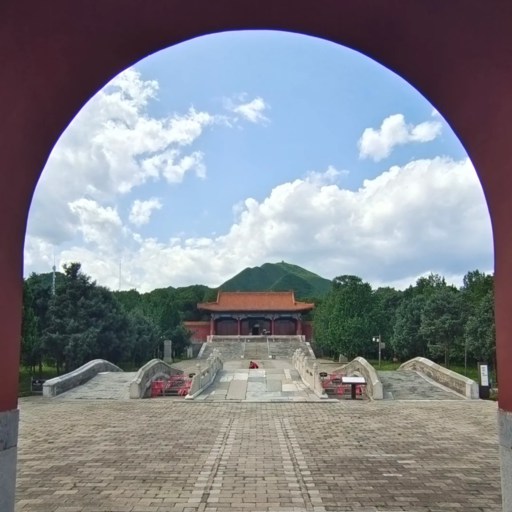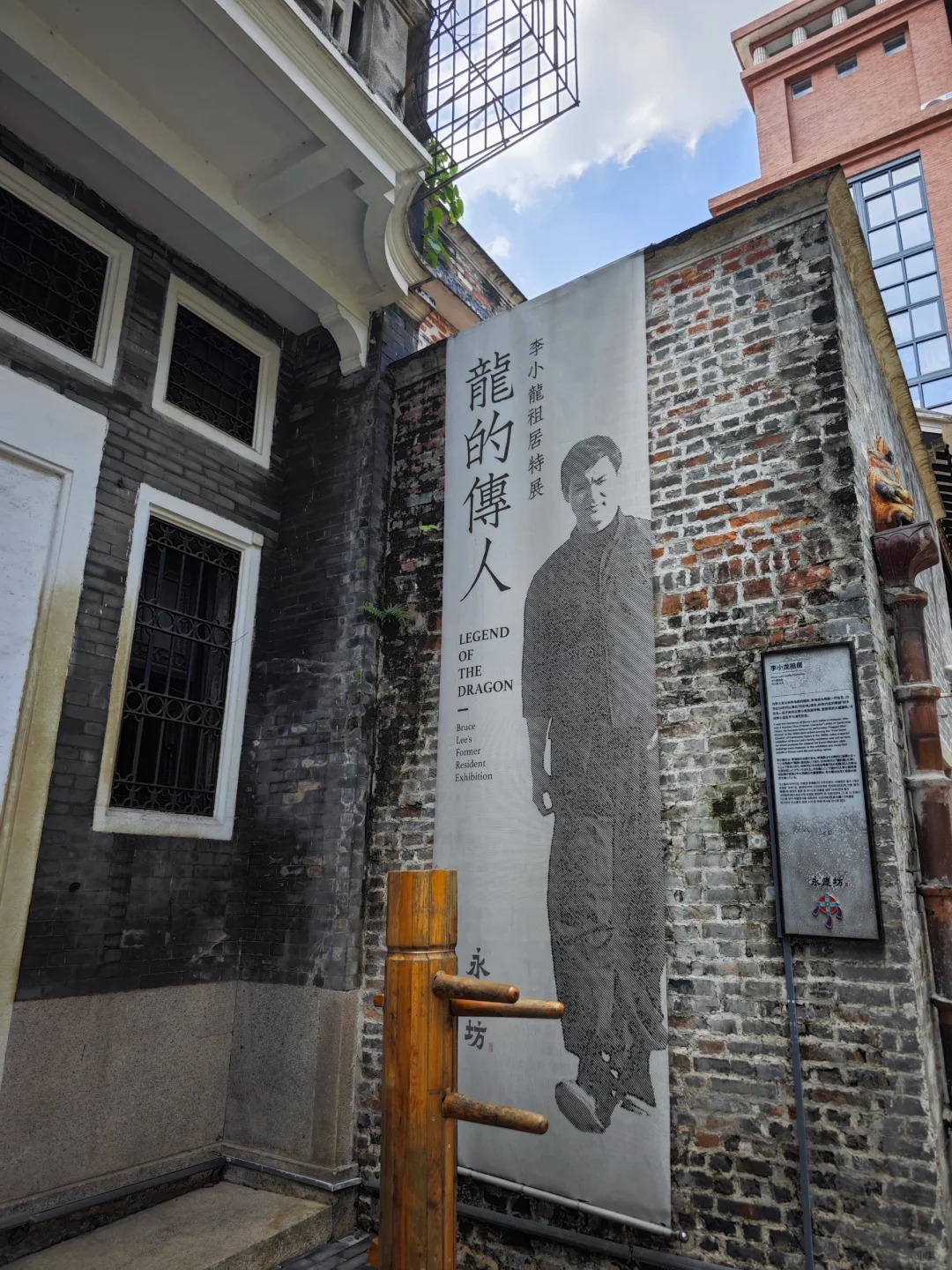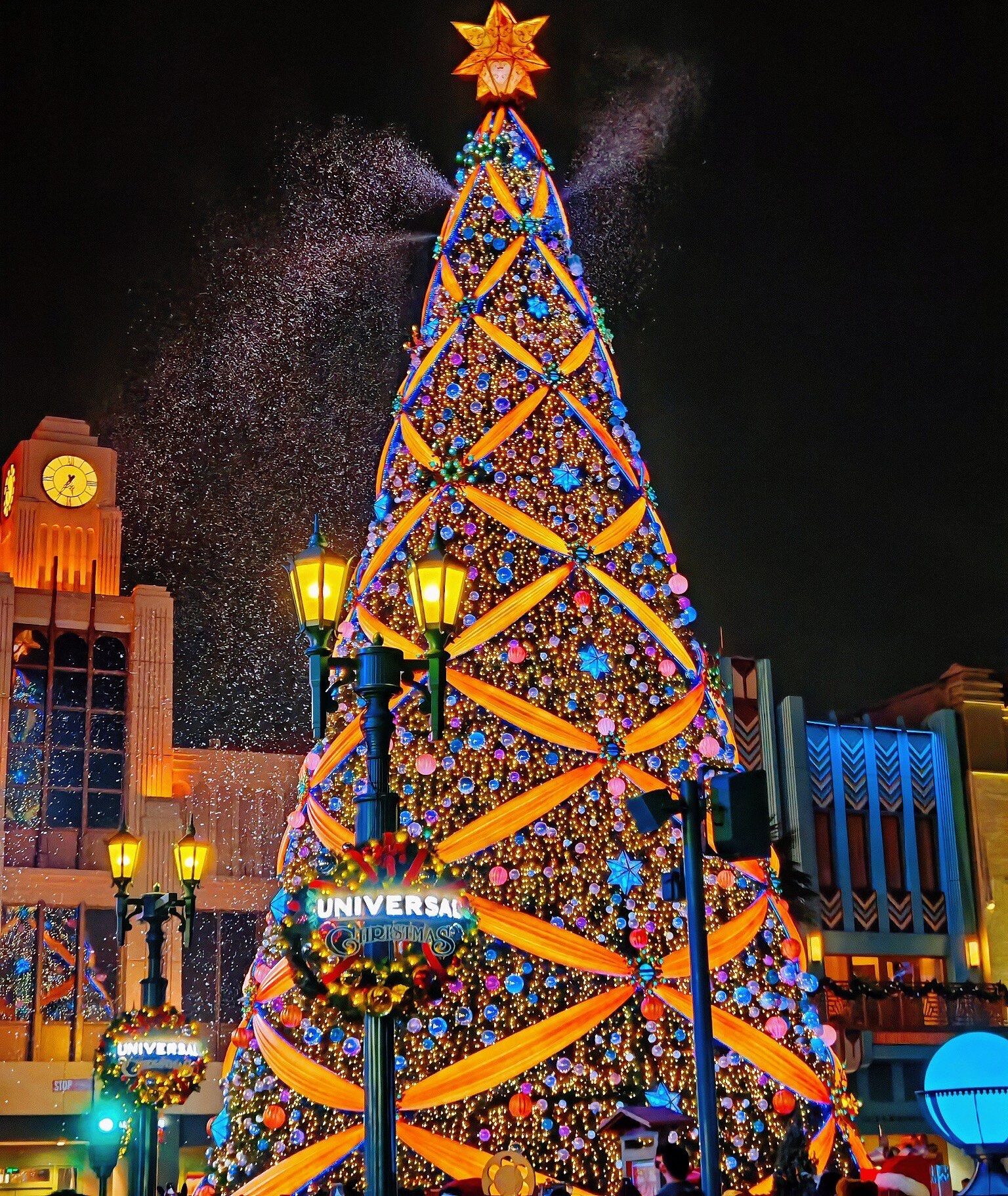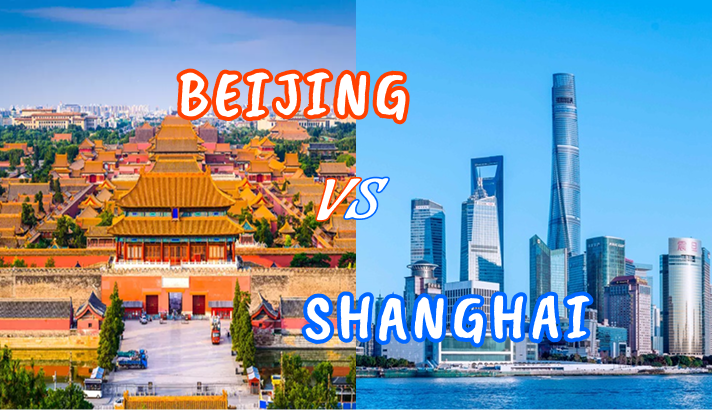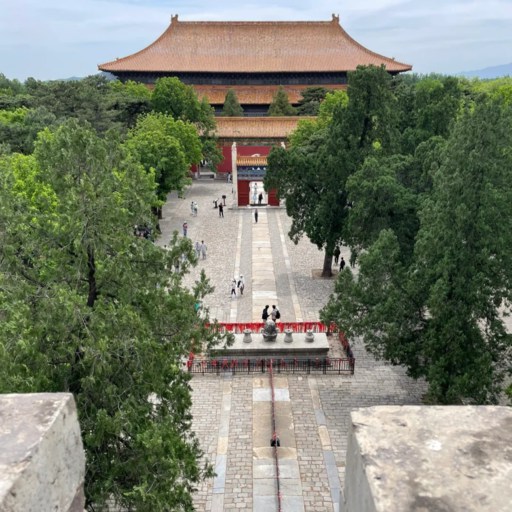
Ming Tombs
The Beijing highways narrow down after the Great Wall souvenirs hustle. The air is drier, slightly colder and there are old signs with old characters indicating the existence of a place called 十三陵 (Shísany Ling). The local people refer to them simply as the Ming Tombs the thirteen tombs of emperors located in the lower parts of the Tianshou Mountain. You almost breathe in the past, as you walk here and smell the pines and the silent earth.
The Sacred Way is what most visitors visit and it is a place that is lined with serious stone animals and guards that appear to be monitoring your every move. I had not anticipated it to be a scary but also relaxing experience. It is not just another destination in any Beijing day tour, but it is the place where even the emperors sleep in peace. Wait, or you will have lost this uncommon opportunity of seeing how history still murmurs of strength, when it is now a thing of the past.
Quick Facts about the Ming Tombs
| Category | Details |
| Location | Changping District, approximately 50 km (31 miles) northwest of central Beijing |
| Number of Tombs | 13 imperial tombs from the Ming Dynasty (1368–1644) |
| Most Famous Tombs | Changling (长陵), Dingling (定陵), Zhaoling (昭陵) |
| Highlight | The Sacred Way (神道) lined with stone statues of animals and officials |
| Opening Hours | Peak Season (Apr 1 – Oct 31): 8:00 AM – 5:30 PM Off-Season (Nov 1 – Mar 31): 8:30 AM – 5:00 PM |
| Ticket Prices | Changling Tomb: ¥45 (peak) / ¥30 (off-season) Dingling Tomb: ¥60 (peak) / ¥40 (off-season) Zhaoling Tomb: ¥30 (peak) / ¥20 (off-season) Sacred Way: ¥30 (peak) / ¥20 (off-season) Combo Ticket (all sites): ¥130 (peak) / ¥100 (off-season) |
| How to Get There | Take Subway Line 13 to Changping Station, then transfer to a local bus or taxi to the tombs. |
| Best Visiting Time | Spring and autumn for pleasant weather and fewer crowds. |
A Brief History of the Ming Tombs and the Ming Dynasty
- Gateway of the Palace
- Sculpture in the Palace
The tale of the Ming Tombs started not with death, but with ambition.
The Chinese believed in it and felt it, but they also communicated another message — the empire’s spiritual axis remained on Beijing’s west slope. When Emperor Yongle — Zhu Di — moved the capital from Nanjing to Beijing in the early 15th century, he sought to anchor Ming power firmly in the north. He wanted a grave site worthy of his lineage, where emperors could rest under heaven’s protection and earth’s embrace.
He found it at Tianshou Mountain’s base, praised by ancient geomancers for its ideal feng shui. Mountains stood behind to “hold” energy, and rivers curved around symbolizing eternal vitality. This Mountain of Heavenly Longevity (天寿山) became the final resting place for 13 emperors. The tombs followed the traditional “前朝后寝” layout — ceremonial halls in front, burial chambers at the rear — mirroring imperial palace arrangements.
Excavations and historical texts like the Mingshi Lu describe careful rituals for each tomb. Builders chose auspicious digging dates and buried jade tablets with celestial blessings. Even the paths aligned with a dragon vein, an invisible line of energy connecting emperor to heaven.
Why the Ming Tombs Were Built Here
Stand at the foot of Tianshou Mountain and look up, and you almost feel the Ming emperors’ obsession with eternity. Time and again, the Chinese assumed a well-chosen resting spot would bring a dynasty luck long after its leader died. Here, the mountains of the site “protect” the tombs, while streams form arms holding them at bay — a 水环山抱 layout. In that sense, the history of Ming Tombs also reflects how emperors actively tried to negotiate with time itself.
Construction Timeline and Architectural Symbolism
Construction of the tombs started in 1409 with the building of Changling Tomb for the burial of Zhu Di, the third emperor (Yongle) and founder. The next 230 years saw twelve more, from Emperor Hongxi (Zhu Gaochi) to the last of the Ming dynasty, Emperor Chongzhen, who killed himself in 1644.
Each tomb showed the architectural development of its era: imposing vermilion gates, spirit ways that were avenues lined with mythical creatures, underground chambers cut deep into the rock. Archaeologists later excavated silk scrolls, glazed tiles and imperial seals — evidence of an empire that subscribed to order even beyond the grave.
Inside the enclosed — inside is sealed stone of Dingling, I finally exclaimed at the emperors’ silent fantasy of immortality. The air was cold, desiccated, laden with the notion that power, once absolute, might be buried but could not die.
Walking Along the Sacred Way of the Ming Tombs
- Exhibition in Ming Tombs
- Gate of the Palace
The way to the Ming Tombs’ Sacred Way is quieter than you’d imagine. Morning fog descends low in the cypress trees, blurring the shape of mountains on the horizon. What you hear first isn’t chatter or traffic, but the scrunch of gravel underfoot. The air is almost ceremonial — one of those silences that requests you take your time. It’s often called “unexpectedly peaceful, less crowded than the city center” in reviews by travelers on TripAdvisor. And they’re right. Trekking here is less like sightseeing than being invited into someone else’s nostalgia.
The Sacred Way, or Shéndào (神道), stretches about seven hundred meters and is lined with stone figures that have stood there for six centuries. A few lean a little bit now (weather-worn, frost-racked), but they are calm faces — watchful ones, if anything. The path becomes a series of mutually reinforcing corridors that pull your eyes toward the distant Tianshou Mountain. It’s one of those places where history doesn’t shout; it hums softly beneath your step.
The Statues and Their Meanings
There are twenty-four statues (12 human and 12 animal) at the Ming Tombs, in two rows on either side of the Sacred Way. The lineup begins with mythical beasts and ends with human figures — a silent honor guard for the emperors. Then come the xiezhi (獬豸), the mythical animals of justice; followed by qilin (麒麟), symbols of peace and prosperity; and lions, camels, elephants which symbolize strength, resilience and loyalty.
Beyond the animals, stone civil officials and generals stand in silent rows, their robes and swords halted in mid-gesture. The detail is amazing — every fold of the robe visible under centuries’ worth of lichen.
Photographers tip : The best time for Ming Tombs photos is from 9 – 10 AM when the light starts streaming through the haze, and the faces of the statues get a beautiful golden colour. Get there early and you may even have the entire avenue to yourself.
Common Mistakes Tourists Make on the Sacred Way
A lot of visitors zip right through, snapping quick photos without knowing they’ve entered on the wrong side. The Ming Tombs Sacred Way starts at the Great Red Gate (大红门), and head north past the Lingxing Gate. Walk it single file back and forth, breaking the symbolic “approach to the emperor” pattern that ancient architects laid out.
Another common mistake? There is the Stele Pavilion (碑亭); here a huge stone tablet sits on a carved turtle — it’s one of the most photographed symbols of the entire park. Don’t just walk past; linger over the faded inscriptions that extol Yongle’s — and your own!
To beat the it, try to visit before 10 a.m., or after 3 p.m., after most tour buses have departed. The path feels different when it is empty — quieter, older somehow. That’s when the stone guardians look most alive.
Inside the Imperial Resting Places — The Three Must-See Tombs
- Changling Tomb
- Dingling Tomb
- Zhaoling Tomb
The path opens onto a broad valley of red walls and golden-roofed halls (where the emperors of the Ming Tombs are at rest) beyond which one walks past the Sacred Way. Thirteen emperors are buried here, but only three mausoleums truly open to visitors and the full story of power, faith and decay can be read: Changling, Dingling and Zhaoling. Each with its own rhythm — one grand and imperial, one mysterious and archaeological, one quiet and forgotten.
Changling Tomb – The Grandest of All
The most impressive and largest of the Ming Tombs is Changling (长陵) for Emperor Yongle, who also built the Forbidden City. The scale impresses immediately — vermilion walls tower overhead, gates rise dramatically, and cypresses seem to whisper court secrets from centuries ago. Ling’en Hall (祾恩殿), the main hall, earns the nickname “underground Forbidden City” because of its large double-eaved roof and symmetrical layout mirroring the imperial palaces above.
Walking from the Shengong Shengde Stele Pavilion (神功圣德碑亭) to Ling’en Hall, you feel part of the emperor’s afterlife procession. Floor stones, polished by centuries of footsteps, still show subtle ruts where ceremonies once passed. It's the top spot to comprehend why Yongle's power did not stop with death, it just went underground.
Dingling Tomb – The Only Excavated Tomb
Though most of the imperial tombs are sealed, Dingling Tomb (定陵) was excavated in 1950s – opened to be the only one that admits visitors. Here Emperor Wanli and his two empresses lie, their afterlife perpetually stored in icy stone. It’s like stepping into a time capsule when you step inside the underground palace. The air smells of chalk, faintly — the very slight scent of a bit of ground-up rock and lime, that archaeologists describe in their site notebooks. The place is weirdly quiet down there, even when crowded.
Glass cases now contain artifacts unearthed: the Empress’s phoenix crown, gold ornaments, silk robes, porcelain wine cups that still have streaks of red lacquer. It was a momentous (though later contested) find, as partial relics had been allowed to decay after exposure to air. Still, there in the tomb, the massive stone arches above me and echoing silence around me, I understood at last what “eternity” meant to these emperors — a promise chiseled into stone instead of spirit.
Zhaoling Tomb – The Peaceful One Off the Beaten Path
Following the grandeur of Changling and the creepy depth of Dingling, Zhaoling Tomb (昭陵) is as if a low whisper. Located further down in the valley, it is frequently bypassed by tours, which is precisely why you should see it. The path, which meanders among the maple trees, eventually arrives at a small but stately edifice constructed for Emperor Longqing. If you want to explore more hidden gems and detailed guides around Beijing, check out this article for extra tips.
In fall, the hills glow in shades of amber and red — a photographer’s paradise. The quiet here is different: It’s not formal but human, the sort that makes you sit longer than you intended because it offers something else to listen to. There are fewer signs, fewer crowds, space for thought.
How to Get to the Ming Tombs from Beijing
Public Transport Options
One of the most popular ways would be from Deshengmen (德胜门) to Subway Line 13 heading to Changping. From there, a brief bus ride on the 昌22 gets you within striking distance of the tomb entrance. The entire journey costs around ¥10 to 20, and usually takes an hour or two depending on traffic.
Once you get off the bus, the air in the mountains strikes a different chord — a cocktail of pine smell and cool wind that feels like it’s giving you a big hug from the valley. Some Tripadvisor visitors commented that this mix of uncrowded streets, fresh air and a slight walk to the Sacred Way ensures that the public transport journey is surprisingly enjoyable.
Private Tours & Drivers
For those short on time or craving a more curated experience, it’s possible to hire a private driver or join a small tour. The advantages are evident: flexible hours, door-to-door service and the possibility of hitting several tombs in one day. On the minus side, it’s pricier — figure ¥300–600 for a half-day ride — and you’ll need to steer clear of unlicensed “black cars,” especially near suburban pickup points.
Travel Tips Before You Go
The entry fee to each individual tomb is usually in the ¥30–60 range, and the tombs are open from about 8:00 am until 5:30 pm. Make sure you book Ming Tombs tickets online in advance to avoid wasting time, particularly during weekend and public holidays. Before visiting, it helps to understand local customs and etiquette, so take a moment to read this guide for practical advice. Make the trip if you can at a weekday morning — it’s not only less crowded, but the soft morning light along the Sacred Way is ideal for photographs.
FAQ about the Ming Tombs
Q: What are the Ming Tombs?
The Ming Tombs (Ming Shisan Ling) are a series of thirteen tombs of Ming emperors located in present-day Changping District of Beijing. The palaces, constructed over 230 years, are the home to emperors, empresses and princes. The site is known for its Sacred Way, ceremonial halls and subterranean burial chambers. A stroll through the tombs is a real-life feel of imperial grandeur and history. To many of those who go, it seems almost as though you are stepping into a smaller, quieter, stone-carved Forbidden City.
Q: Where are the Ming Tombs?
The Ming Tombs are located in the Changping District, some 50 kilometers northwest of central Beijing. A natural sound barrier of pine forests and low hills surrounds the base, nestled at the foot of Tianshou Mountain. The signage can be a bit sparse beyond the main road, so it’s a good idea to bring your own map or use GPS. The site design is itself based on the traditional geomancy of ancient protection and harmony with the land.
Q: Which tombs are open to the public?
But out of these thirteen, visitors can access only three tombs: the Changling Tomb, the Dingling Tomb, and Zhaoling Tomb. Changling stands as the largest, while Dingling is the only tomb with underground chambers that archaeologists have excavated. Zhaoling, in contrast, offers a more serene and peaceful landscape. Visiting each reveals contrasting architectural styles and layouts, providing a clear survey of Ming dynasty funerary design. Some halls undergo renovation, so check which areas are open before you plan your visit.
Q: How long need I stay on the Ming Tombs?
The majority of the visitors will take 2-4 hours to visit the Ming Tombs Beijing. Walking the Sacred Way, visiting one or two tombs and stopping for photos or modest hikes takes about half a day. If you would like to thoroughly explore Dingling’s underground palace or Zhaoling’s more tranquil trails, budget closer to four hours. Go on weekday mornings to avoid the crowds and get that softer photo light.
Q: Is photography allowed inside the tombs?
Photography is normally permitted on the Sacred Way and in open tomb grounds, but flash and tripods are often prohibited within chambers - particularly in Dingling. Visitors often arrive to capture stunning Ming Tombs photos with the golden light of early morning or late afternoon. If you are using a phone, you’re usually O.K., but read the posted signs — conservation rules guard against light damage to fragile artifacts and murals.
Q: When is the best time to visit?
The best time to visit the Ming Tombs in Beijing Spring (April- May) and Autumn (September-October) are the best time to visit the place. The weather is mild, and the valley’s cypress trees or autumn maples make for spectacular views. Summer can be both hot and crowded; winter brings frost but less crowd. Visits early in the morning, however, are recommended when there is mist for a more contemplative and tranquil experience along the Scared Way and to avoid tour groups.
Q: Are the Ming Tombs fun for families?
Can kids do the Ming Tombs?Yes, it’s great for families with an interest in history and light hiking. Kids like looking for stone animals lining the Sacred Way; adults will admire imperial architecture and artifacts. Trails are largely flat, but stairs lead to tomb halls. Bring snacks or water as services inside the tomb complex are minimal, though parking and bus stops nearby make for easier family pacing.
Q: What statues can I see along the Sacred Way?
Sacred Way of the Ming Tombs, 24 pairs of stone statues ranging from mythical creatures such as xiezhi (獬豸) to qilin (麒麟), lions and elephants, as well as civil officials and military generals. Every statue represents protection, justice and loyalty. Early morning light is best for visitors who want photographs. Making sense of their order only deepens: The series is a ritual procession teaming with imperial guard spirit escorts.
Q: Are there any food or facilities nearby?
You can find simple food stalls and souvenir shops close to the entrance of the Ming Tombs. But inside the complex, there are few other options. What you need for a day trip: Tripadvisor reviewers recommend bringing water, snacks and sun protection. Toilets are dotted throughout the Sacred Way and close to major tombs. Plan to eat up in Changping town on your way in for a more comfortable visit, especially if you’re visiting several tombs in one day.
